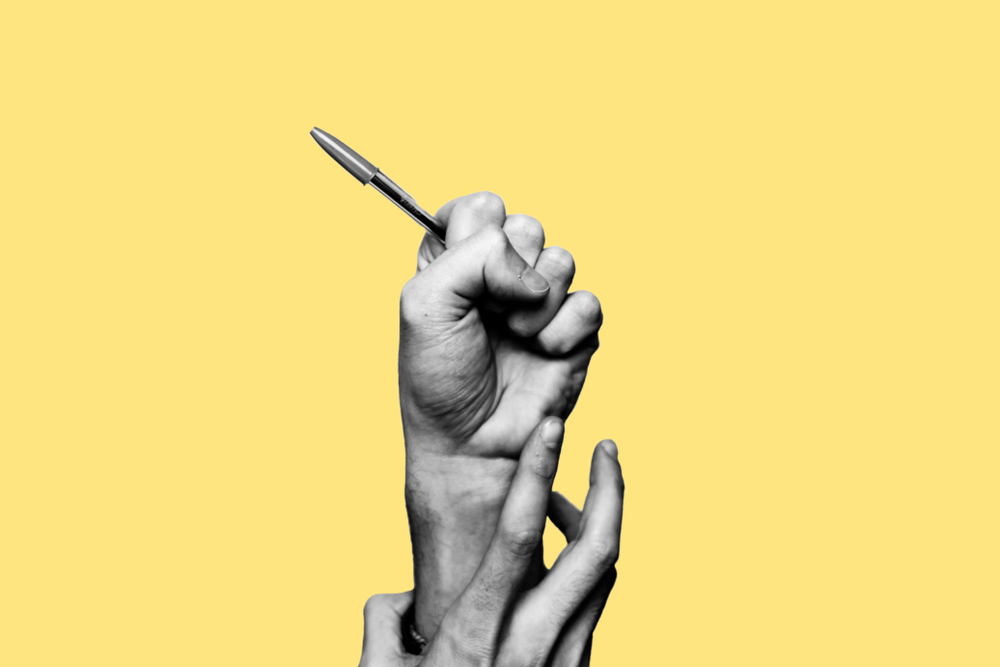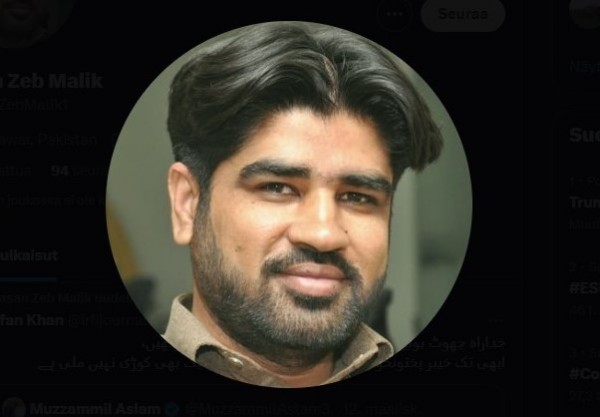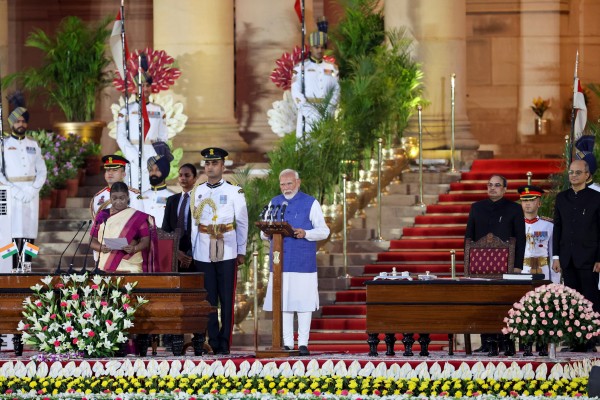To mark World Press Freedom Day 2022, IPI’s media partners in the South Asia Cross-border journalism project in Bangladesh, India, Pakistan and Nepal have documented several press freedom violations in their countries. These stories are published in all the five news publications – The Daily Star, The Week, Dawn, Republica and Nagarik.
DEMAGOGUERY cloaked in the guise of populism is sweeping many parts of the globe, including our region. The media’s critical role in holding the powerful to account is being put to the test. On World Press Freedom Day today, it is thus all the more important to recognise the many ways, both old and new, in which journalists’ voices are being stifled and to remind governments of their duty to safeguard the universal right to impart and access information.
The Pakistani state has long had a fraught relationship with the media, paying lip service to the notion of press freedom even while doing all it can to bend its practitioners to its will. Decades of overt and covert military interventions and frequently unstable civilian governments have created a landscape where the media, instead of being a watchdog for the public interest, is expected to serve as a conduit for a heavily securitised approach to domestic and regional developments. Reportage or opinions on ‘sensitive’ issues invites scrutiny by powerful quarters and entails risks to journalists that have varied in intensity and scope at different points in time.
Read: 86 attacks on press recorded in 2021-22
The last few years have been particularly challenging. Employing its social media outreach to devastating effect, the recently ousted PTI government did more to throttle mainstream media than perhaps any civilian government in the country’s history. Even well-regarded senior journalists critical of its performance would find themselves at the receiving end of an online mob lynching by troll armies using the canard of ‘fake news’ to malign and discredit them.
The barrage of online abuse targeting women journalists was particularly disturbing, aiming as it did to shame them into silence through sexualised tropes and character assassination. Meanwhile, on the granular level of the newsroom, the government’s backers in the establishment micromanaged news coverage through coercive tactics not seen since Gen Ziaul Haq’s military regime.
The findings in the Freedom Network’s latest annual report echo this pattern, with the state and its functionaries ranking as the “biggest threat actor” targeting media in Pakistan. It was the suspected perpetrator in a whopping 41pc of at least 86 attacks against the media and its practitioners that the organisation recorded between May 2021 and April 2022.
Another significant finding was that the nation’s capital, home to some of the most secure locations in Pakistan, proved to be “the riskiest and most dangerous place to practise journalism”. Sindh was the second worst. Digital media journalists paid the highest price for their work, with two of them among four media persons that were killed in the period under review.
The PML-N, which has a major role to play in the ruling coalition, must now demonstrate that it will turn the page not only on the marked truncation in media freedom under the PTI government, but also on its own efforts to control the press through controversial legislation.
This editorial was originally published by Dawn.



